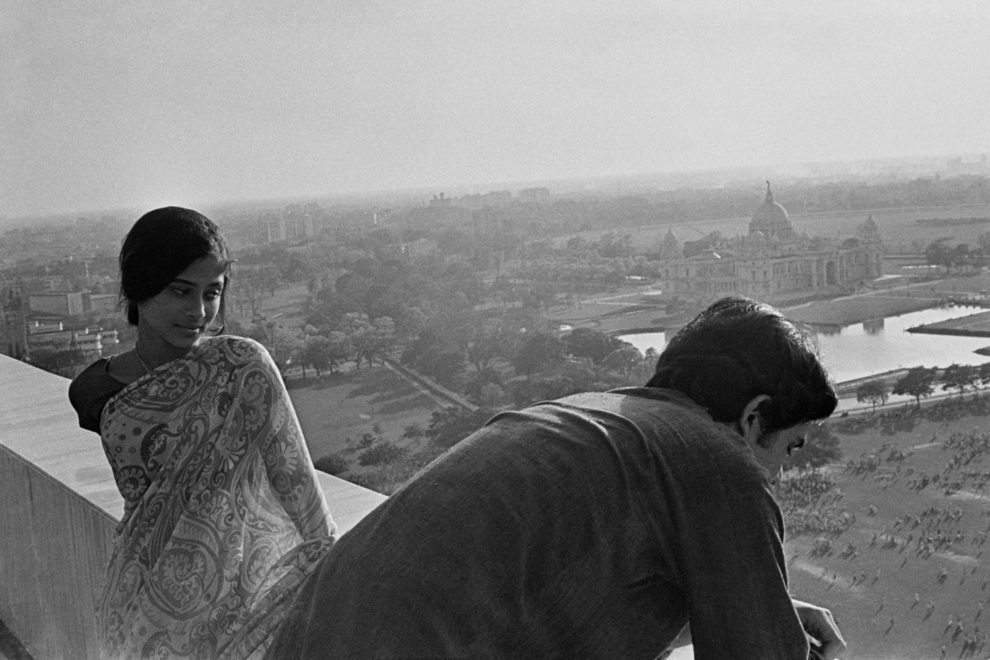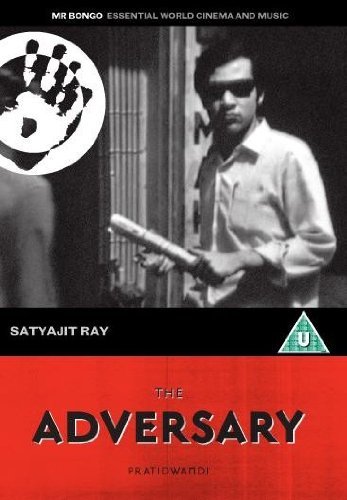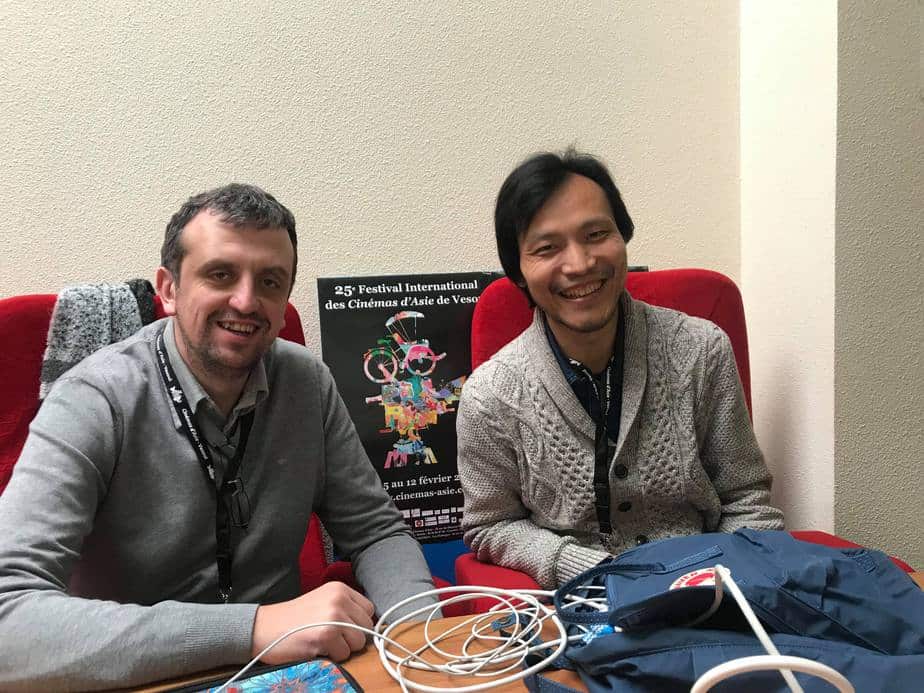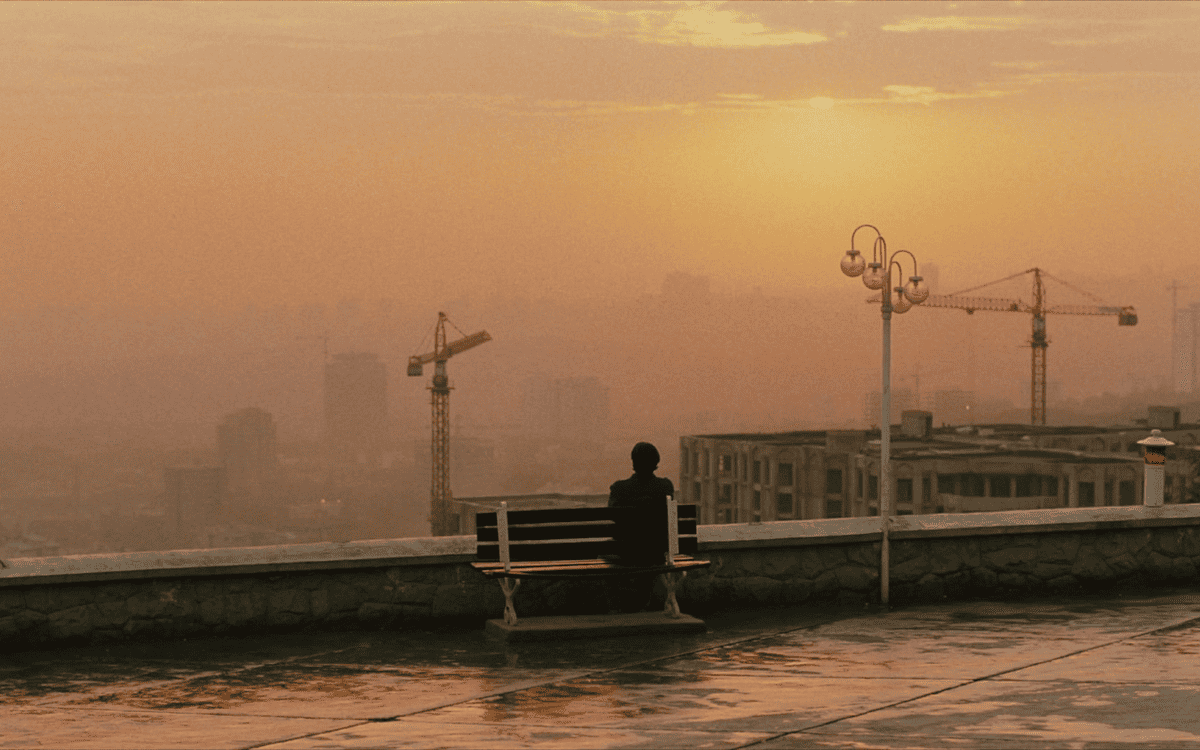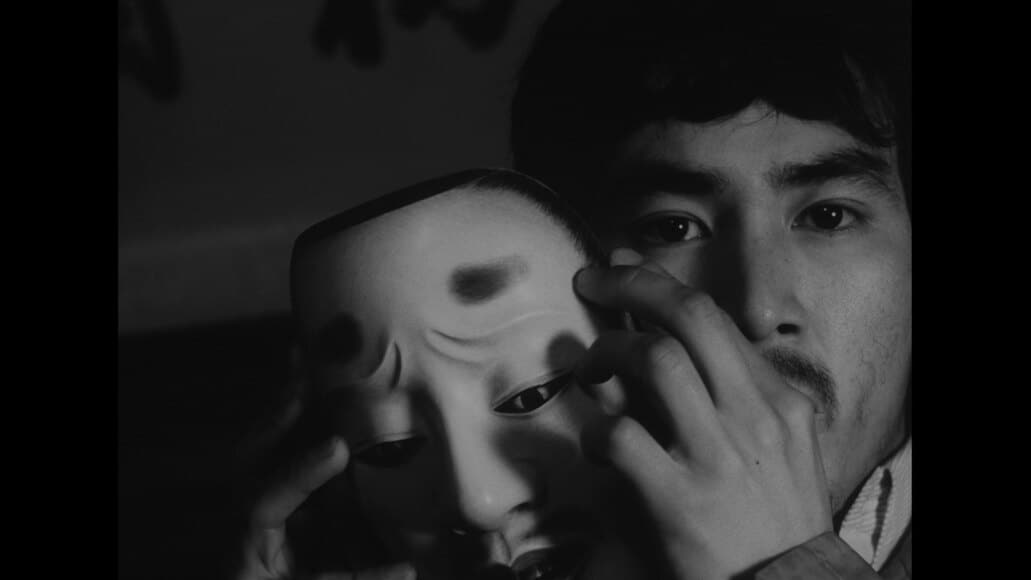by Swapnil Azad
I walked into Calcutta's Priya Cinema last Friday to watch “Pratidwandi” [The Adversary], Satyajit Ray's film from 1970, expecting a roomful Ray-admirers who rushed to see Anik Dutta's (deplorable) “Aparajito” earlier this year. And well, I was disappointed. There were just a handful of folks inside the auditorium, and I can't tell how many of them watched the film seriously. Speaks volumes about the gradual cultural death of Calcutta which has been happening over the past decade. A few years ago, news of a Ray rerelease would've brought in masses who would liven up the theatre premises and its proximity, even if with flattery. Or maybe not, I'm too young to know.
Keeping aside my lamentations on the cultural fall of Calcutta, the experience was certainly worthwhile. The print screened was not the made-for-Cannes NFAI restoration as rumors suggested, but it didn't matter; the analog projection of a 35mm print looked great enough. Scratches and other damage in the print never bothered me as far as the viewing experience is concerned; I'd rather say it's good to be reminded that a movie belongs to a different era. And for this film, it only helped reflect on how times haves changed but certain concerns— including that regarding the rapid deterioration of the city —still remain.
Ray's film, based on an eponymous novel by Bengali author Sunil Gangopadhyay, follows Siddhartho Chowdhury (débutant Dhritiman Chatterjee) in his long and depressing quest for a job in a bustling ‘70s Calcutta. Purposelessness leads him to strange places, both physically and mentally: to a friend's place who he might not even like, to film clubs watching boring Swedish films, to New Market in search of a bird whose name he can't remember, and, once, to the place of a woman who works as a nurse by the day, and, by night, grants sexual favors for a price to his friend, maybe among others. Meanwhile, his frustrated mind wanders: back to his med school classroom; he imagines himself committing acts of violence, and sometimes, he witnesses violence being acted out against those close to him. In the midst of all this, he meets and befriends a young girl, Keya, and they bond. But before their relationship can develop, Siddhartho's impulse gets the better of him, and he has to leave the city to avail the only job left for him.
So far in his career, Ray never bothered himself with contemporary politics in his films, except for few hints scattered here and there: e.g. the hope for a new life in a new India towards the end of “Apur Sansar,” the rise of religious dogma in “Devi,” the death of feudalism post Indian independence in “Jalsaghar,” or the shifting away from traditional family values in “Mahanagar” (the closest he'd been to an overt political depiction thus far). His canvas of art was, from beginning to end, the human life, of which he portrayed multiple facets throughout his filmography. But things began to change as the ‘70s approached: Bengal was engulfed by political turmoil, whose flames remain somewhere in the background of “Pratidwandi,” hidden from our sight but its heat scorches Siddhartho, and— possibly —Ray himself.
“Pratidwandi” was a departure for Ray in many ways: Stylistically, it can be best described as his own brand of realist storytelling-meets Nouvelle Vague freneticism-meets cinéma verité observation. Ray uses techniques he never used before to follow Siddhartho in his journey: with handheld cameras, the much-talked-about photonegative imagery, sudden flashbacks and dramatic irony. But to say it has nothing in common with the rest of Ray's œuvre would be a gross misstatement: Ray's masterstrokes remain in the portrait of a human amidst huge canvas that is the city Calcutta. “Pratidwandi”— above all —is a quiet soliloquy of a ‘70s Calcutta youth whose personal crisis is reflexive of the city's larger political crisis at the time.
Ray's biggest concern in “Pratidwandi” is, again, the slow moral death of the city and its people; further expressed and elaborated over his next two films, “Seemabaddha” and “Jana Aranya.” In these three films— together known as “The Calcutta Trilogy” —we witness the city's gradual moral degradation: what begins in “Pratidwandi” as a scandal surrounding Siddhartho's sister ends in “Jana Aranya”'s protagonist Somnath prostituting his friend's sister to a client for his own profit. Ray's prescience is still stunning if not surprising.


